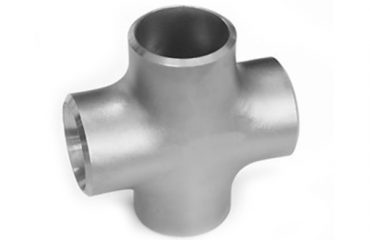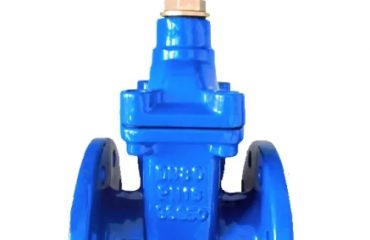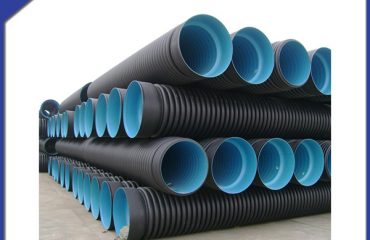
Flanges are important components used in piping systems that join pipes, pumps, valves, and other equipment to create a functional system. They provide a means of connecting or disconnecting the system, allowing for easy maintenance and repairs. Stainless steel flanges are particularly popular due to their excellent corrosion resistance, durability, and aesthetic appeal. In this article, we will take an in-depth look at the various types of stainless steel flanges commonly used in industries.
- Weld Neck Flanges (WN)
Weld Neck flanges are considered the most popular type of stainless steel flanges. They have a tapered hub with a neck that is welded to the pipe, providing excellent strength and stress distribution. The smooth bore of the weld neck flange reduces turbulence and erosion of the pipe wall. These flanges are commonly used in high-pressure and high-temperature applications.
- Slip-On Flanges (SO)
Slip-On flanges are easy to install and provide an economical solution for connecting pipes. They slide over the pipe and are then welded in place. The slip-on flange has a flat face and is ideal for low-pressure applications. It is commonly used in industries such as petrochemical, oil and gas, and water treatment.
- Socket Weld Flanges (SW)
Socket Weld flanges are similar to slip-on flanges but differ in their method of connection. They have a socket that fits over the pipe, which is then welded on the inside and outside. Socket weld flanges are used for small-size and high-pressure piping systems. They provide good resistance against leakage and vibration.
- Lap Joint Flanges (LJ)
Lap Joint flanges have a flat face and a loose, stub-end ring that slides over the pipe. It is not welded to the pipe, allowing for easy alignment during installation. The lap joint flange is commonly used when frequent dismantling or maintenance is required as it allows for easy removal and reassembly.
- Threaded Flanges (TH)
Threaded flanges have internal threads that match the external threads of the pipe. They are commonly used in low-pressure applications and where welding is not feasible. Threaded flanges can be easily assembled and disassembled, making them suitable for applications that require frequent disconnections.
- Blind Flanges (BL)
Blind flanges are used to close the end of a piping system. They have no bore and are used to seal the end of a pipe, valve, or vessel. Blind flanges are commonly used in applications where future expansion might be required. They can also be used as inspection covers or to block off sections of a piping system during maintenance.
- Spectacle Blind Flanges (SB)
Spectacle Blind flanges are a combination of a blind flange and a spacer ring. They are used to separate two sections of piping and provide a positive seal. Spectacle blind flanges are commonly used in applications that require frequent maintenance or where flow rates need to be adjusted.
Stainless steel flanges come in various types and designs catering to different applications. The choice of the flange depends on factors such as pressure, temperature, fluid type, and installation requirements. Understanding the various types of stainless steel flanges and their specific uses is crucial in ensuring the proper functioning and longevity of a piping system.
 Language
Language Espanol
Espanol English
English Italian
Italian عربى
عربى
 Skype: chinamaker99
Skype: chinamaker99  Tel: 86-316-5120812
Tel: 86-316-5120812 Email:
Email:  Whatsapp:
Whatsapp: 

